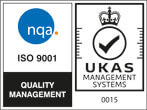This final part focuses on adapting your pre-compliance workflow for military and automotive programs. Compared with commercial CISPR testing, these regimes introduce different distances, antennas, bands, harness setups, and detectors. The goal is the same: build a bench process that correlates with chamber results so you can de-risk formal testing.
Objective: Make repeatable field-strength measurements for MIL and automotive by controlling geometry, accounting for the signal chain (antenna factor, cable loss, preamp/attenuator), and applying the correct detector/RBW per the applicable standard.
MIL-STD-461 (e.g., RE102) — What changes vs. CISPR?
- Test bands & antennas: Magnetic-field loop antenna at low frequencies (tens of kHz–MHz); biconical/log-periodic/horn antennas for higher bands up through GHz.
- Distance & height: Near-field style distances (commonly around 1 m) and specified antenna/DUT heights over a ground plane to control coupling and reflections.
- Detectors/RBW: Peak (fast search) with confirmation using the detector/RBW combinations specified for the band under test.
- Site discipline: Keep metallic clutter out of the antenna-to-EUT path; maintain consistent cable routing and DUT orientation.
System corrections matter: Convert analyser readings (dBµV) to field strength (dBµV/m) by applying + antenna factor, – cable/attenuator loss, and + preamp gain. Maintain a frequency-indexed table for AF, loss, and gain to avoid arithmetic drift between runs.
Automotive (e.g., CISPR 25 radiated emissions) — Bench tactics
- Ground plane & harness: Use a conductive reference plane; route the wire harness to the DUT with specified length and elevation above the plane. Keep placement repeatable.
- Antenna geometry: Antenna-to-DUT distances are typically shorter than CISPR 32 chamber tests; follow the prescribed heights and polarisations.
- Detectors/RBW: Peak for scanning; confirm using the detector and bandwidth required for the band (e.g., 120 kHz in VHF/UHF ranges where applicable).
- Operating modes: Exercise worst-case electrical loads and switching states (DC-DC, motor drives, displays) to reveal real emission profiles.
Practical measurement workflow (applies to both domains)
- Ambient baseline: With DUT off, scan the band to mark broadcast and comms carriers; log them so you don’t mis-assign peaks to the DUT.
- Polarisation & rotation: Scan horizontal and vertical; rotate/flip the DUT or antenna mast as allowed to capture maximums.
- Dwell & span: Use wide scans to find peaks, then zoom spans around harmonics to improve SNR and reduce ambient masking.
- Front-end protection: Add attenuation or preselection if ambients are hot; avoid preamp overload and ADC compression.
- Document corrections: Apply AF/loss/gain per frequency; store corrected dBµV/m traces with limit overlays and margin notes.
Common pitfalls
- Uncorrected readings (no AF/cable/preamp accounting) → misleading dBµV/m.
- Improper harness geometry in auto setups → poor correlation with CISPR 25.
- Poor site control (reflections, metal in the path) → inconsistent maxima.
If a strong ambient lines up with a DUT harmonic, compare DUT-off vs DUT-on traces and adjust dwell/span to separate them.
Telonic tools that map to these tests
- Spectrum Analysers / EMI Receivers — peak/avg/QP detectors, limit overlays, segmented scanning.
- VNAs — characterise filters/chokes once troublesome bands are located.
- Reference Ground Planes — consistent geometry for automotive benches.
- Ask us for antennas, preamps & low-loss coax — we’ll match ranges and provide datasheets/AF files.






















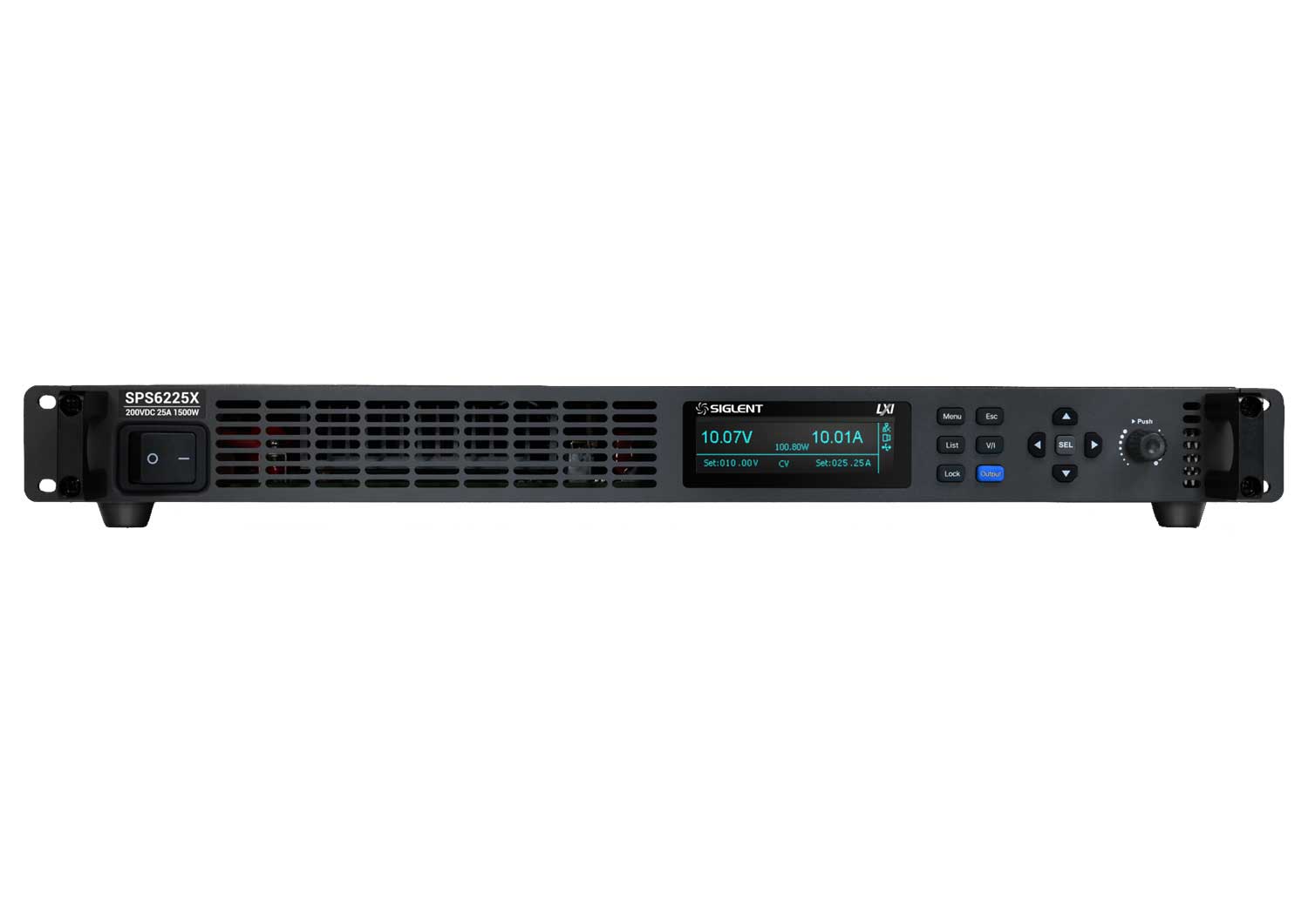

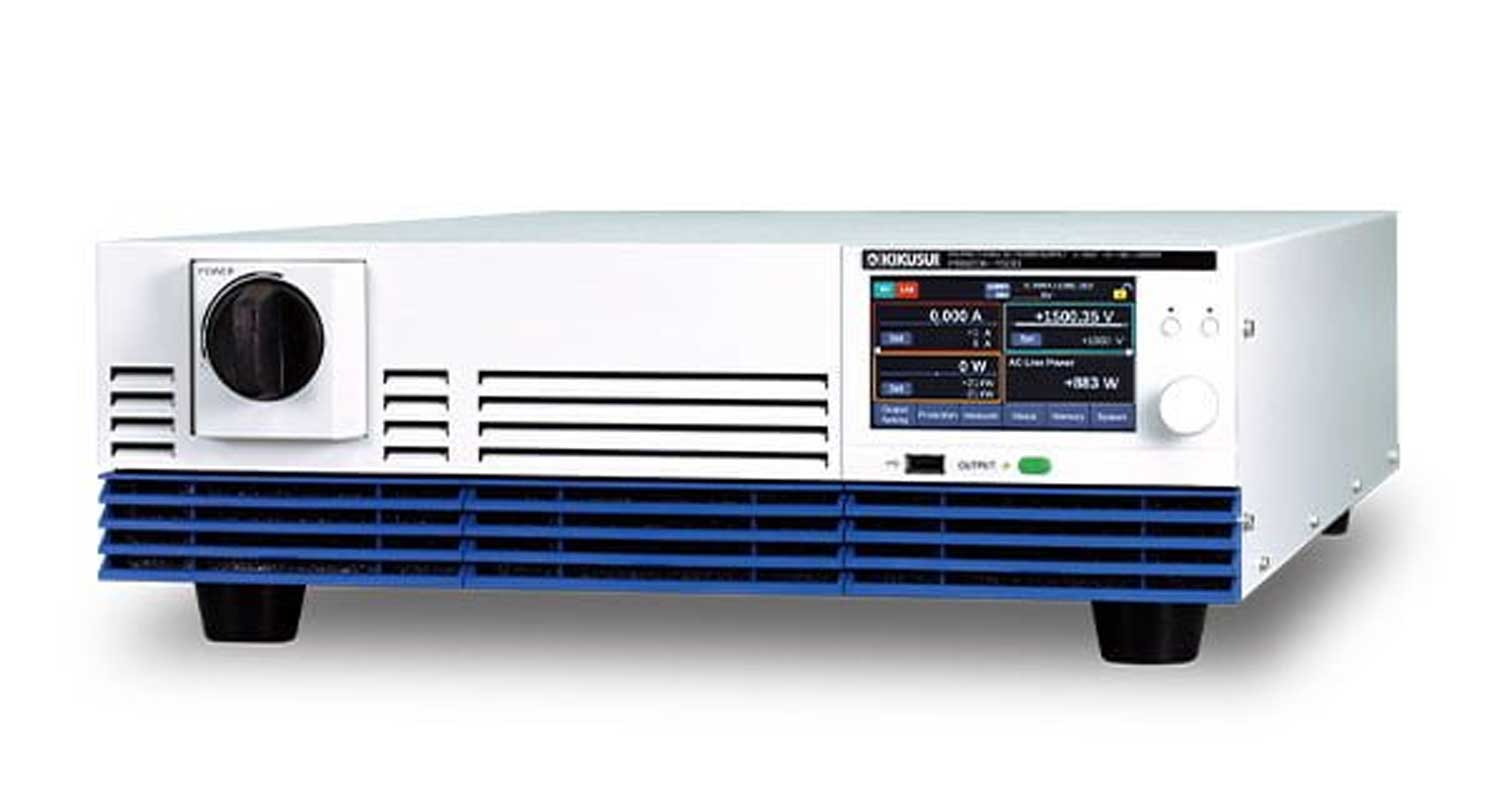


























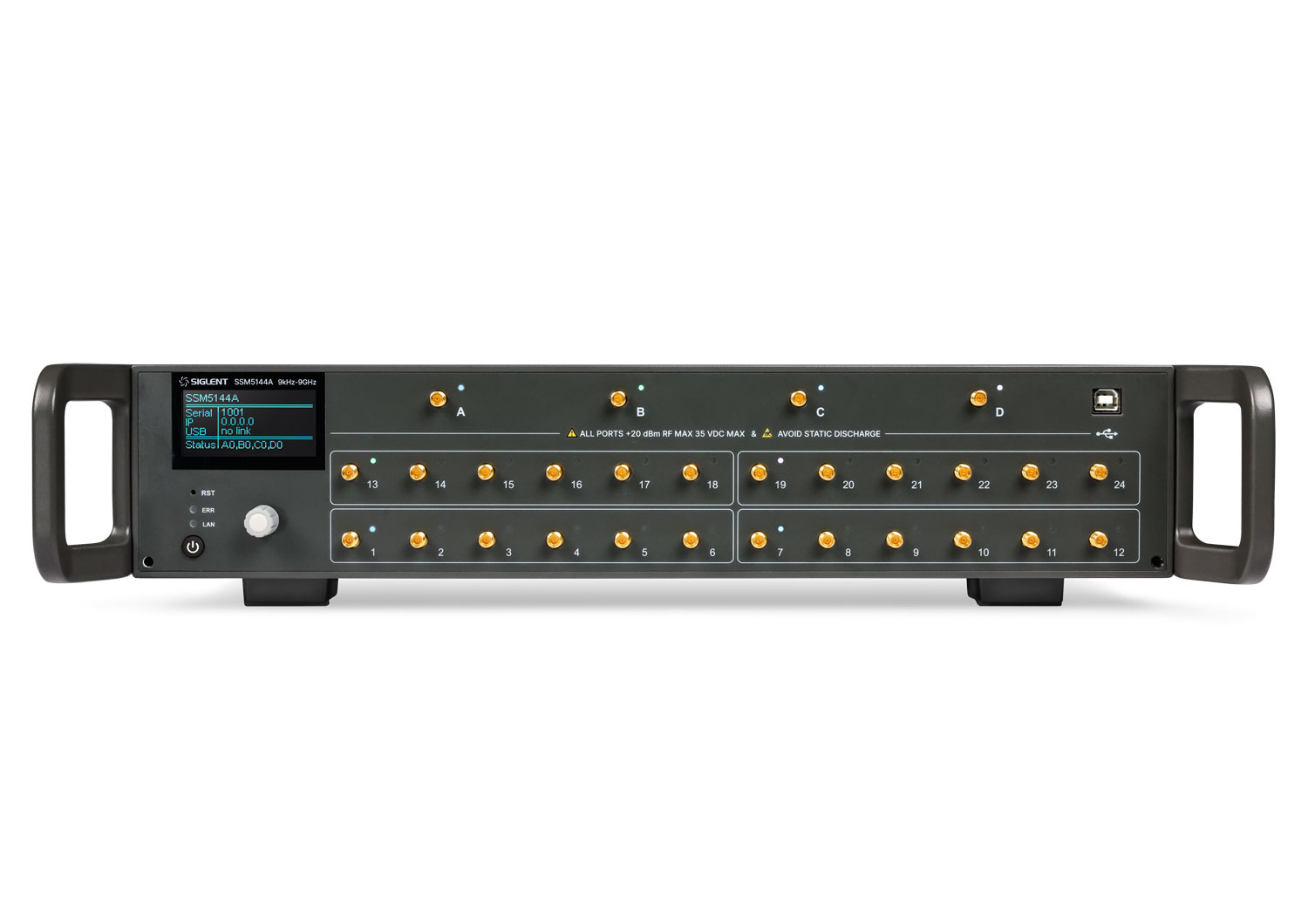












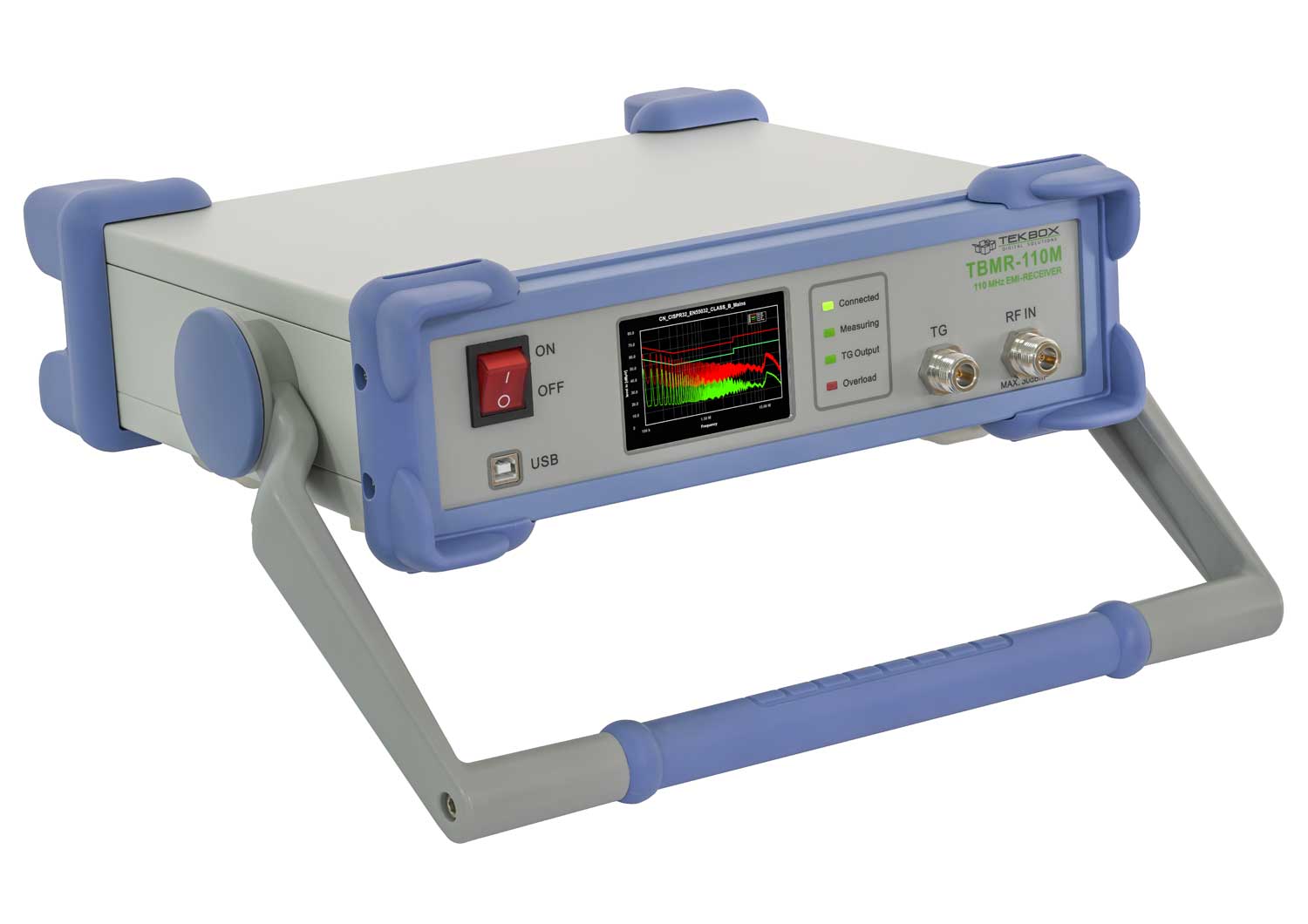
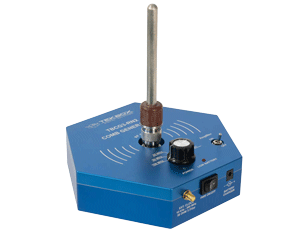

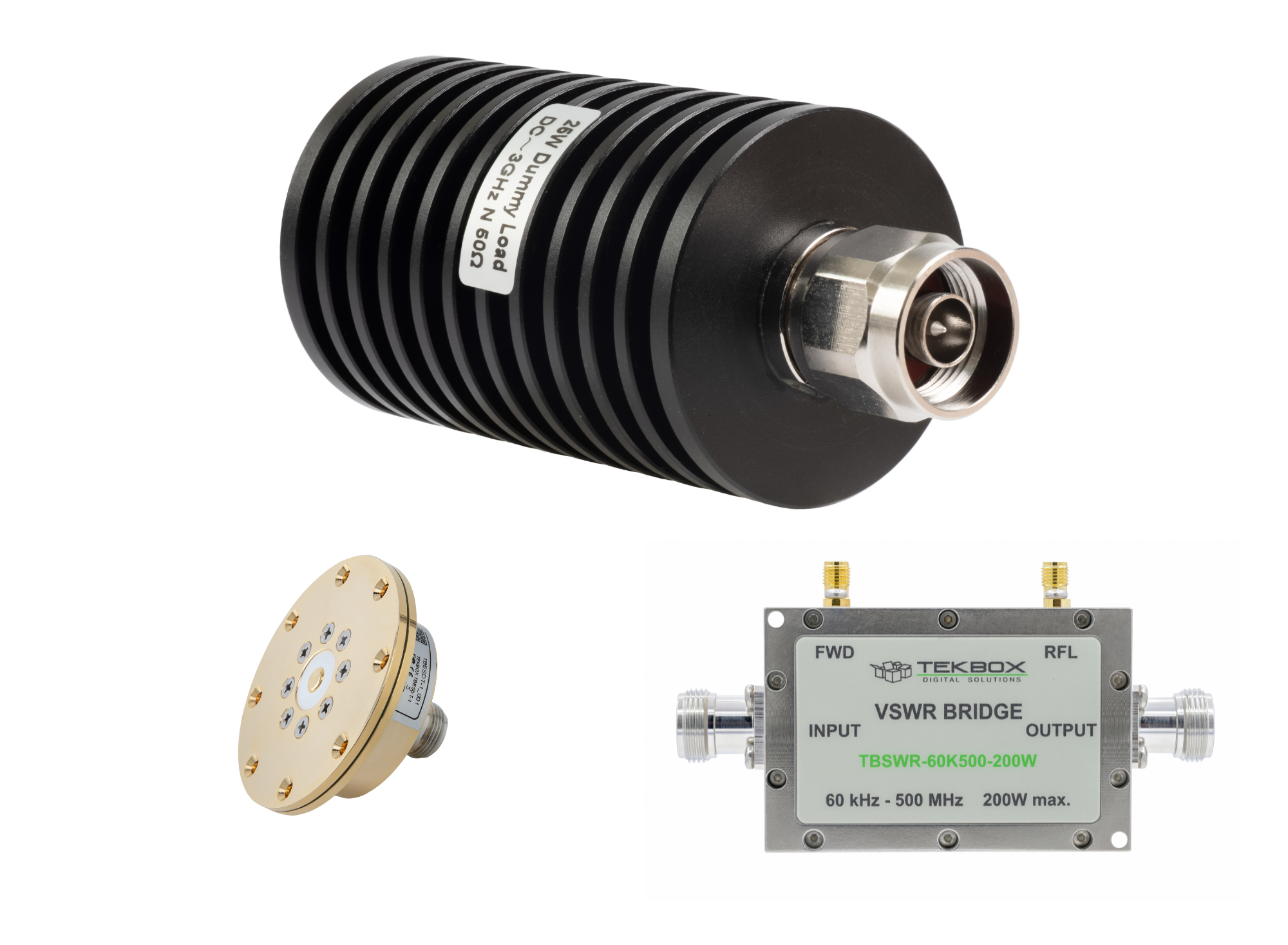




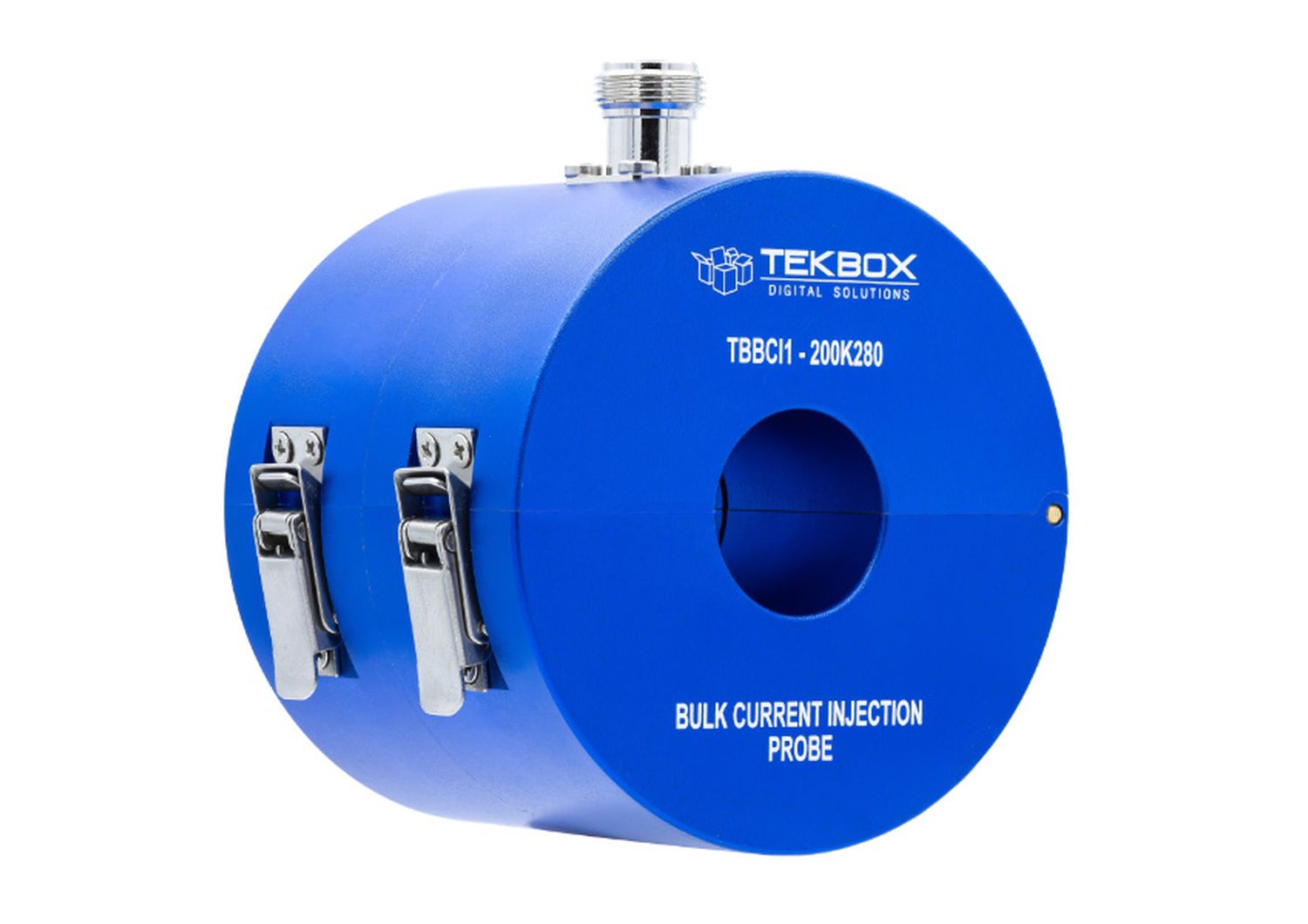



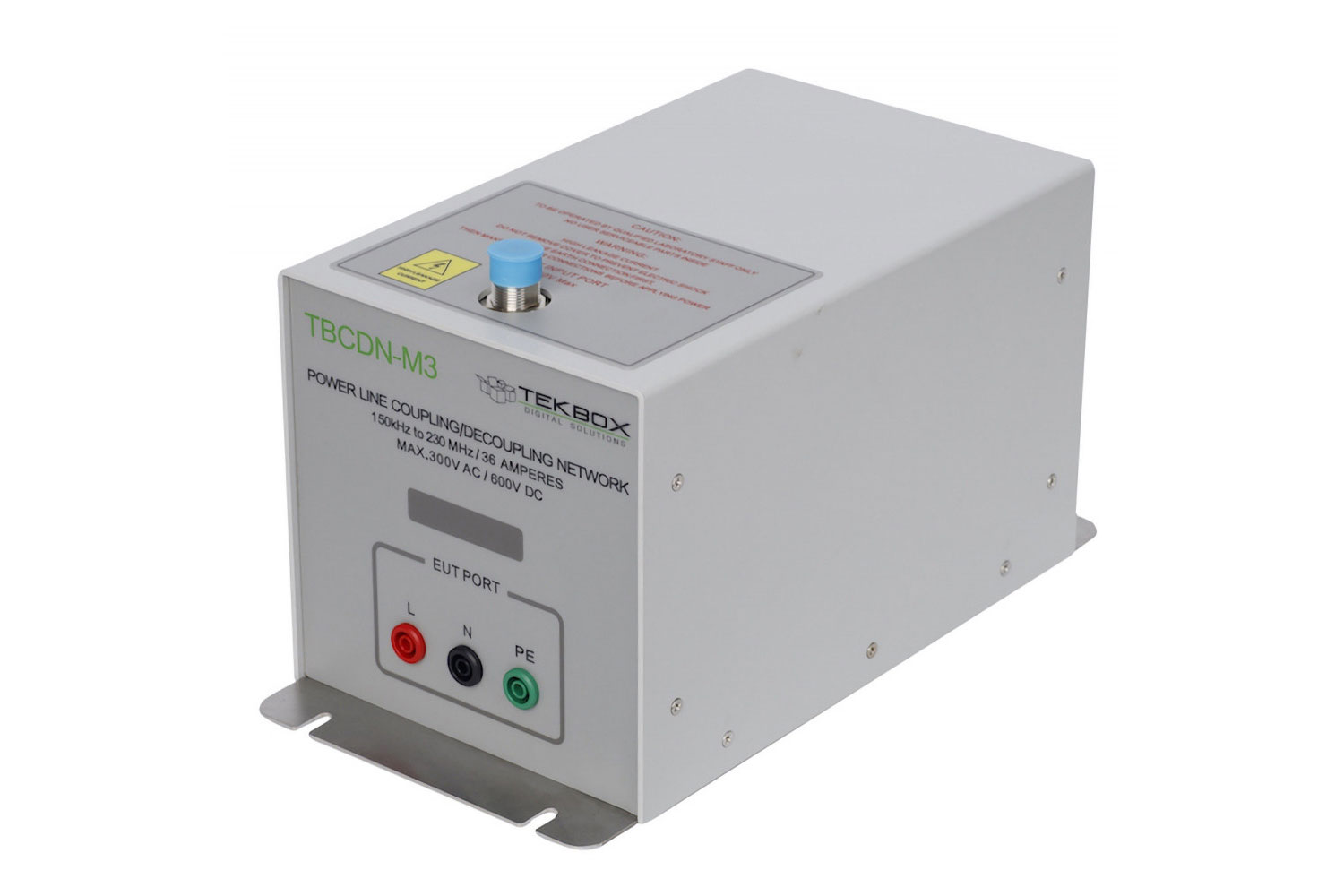
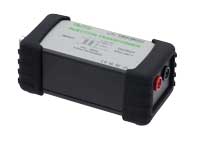

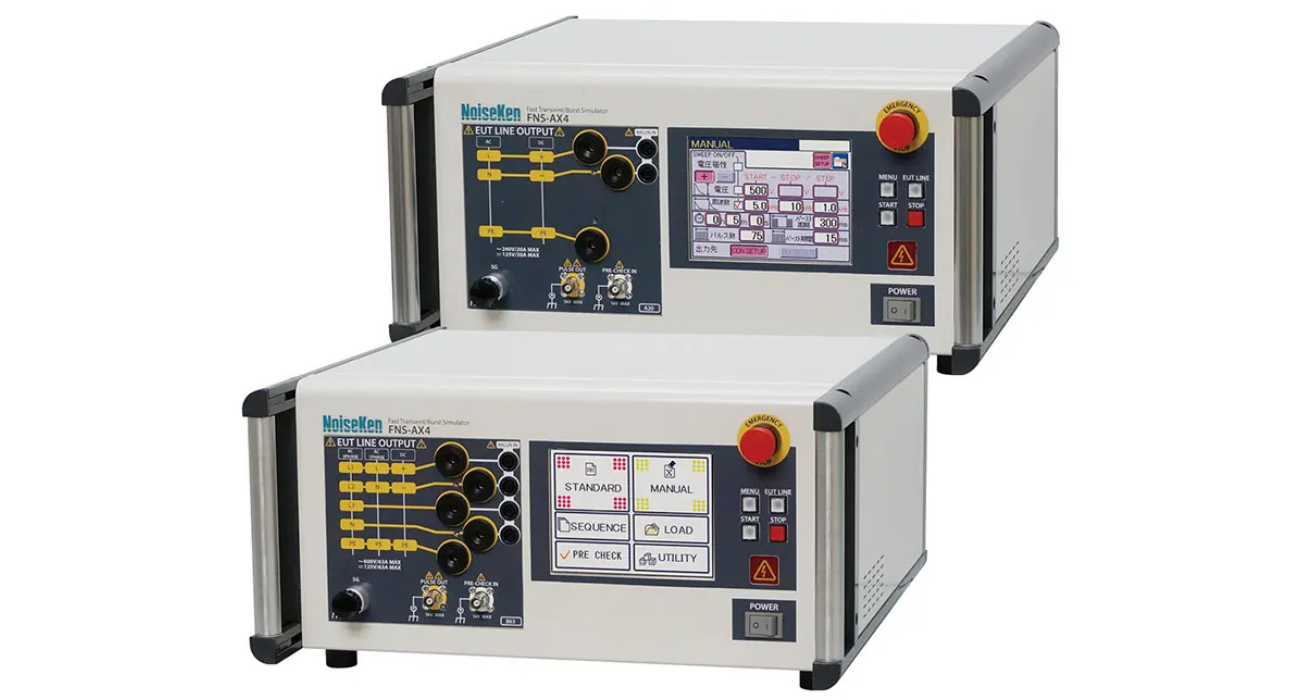
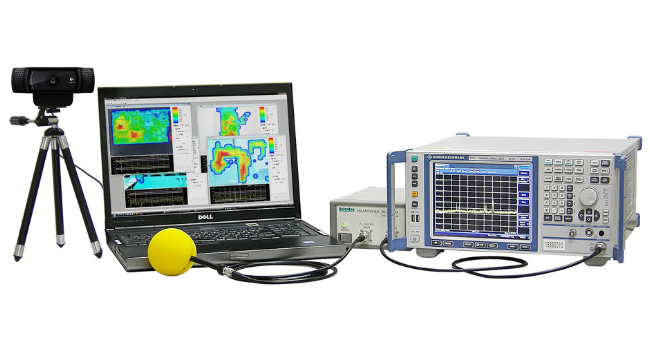















 FREE SHIPPING £75+
FREE SHIPPING £75+
 CELEBRATING 50+ YEARS
CELEBRATING 50+ YEARS
 PRICE MATCH GUARANTEE
PRICE MATCH GUARANTEE


